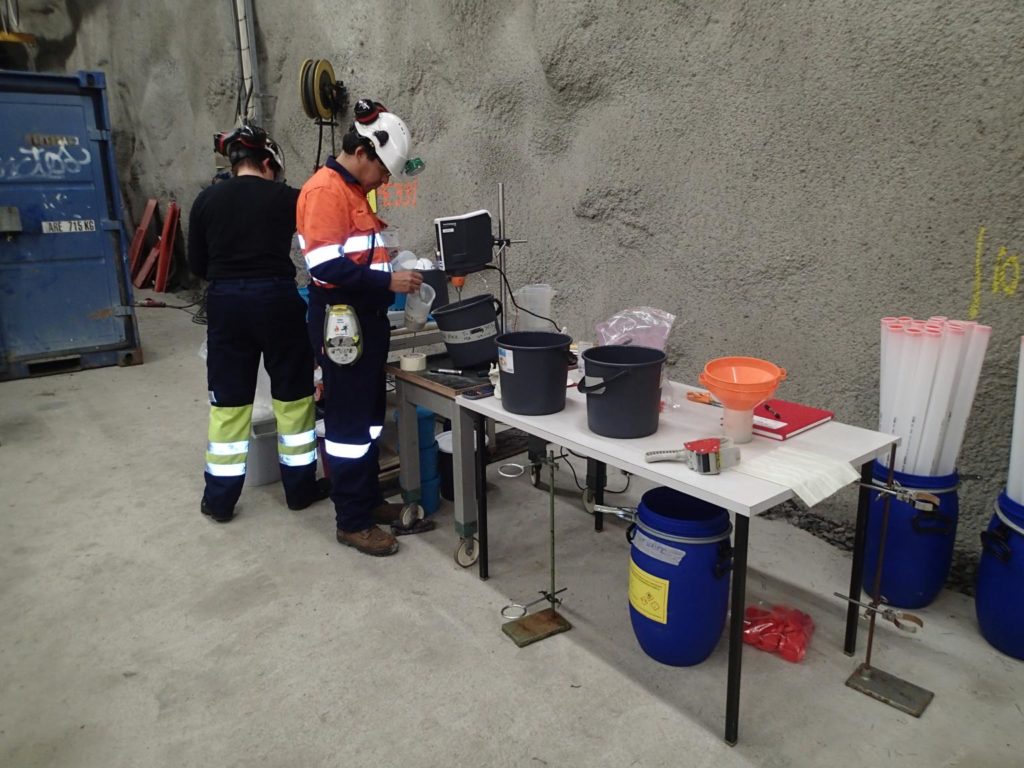MRIWA-sponsored research has shown hydrogen peroxide-based explosive hydrogels reduce or eliminate production of toxic exhaust gases without sacrificing performance compared to conventional equivalents, making them of interest for underground mining applications.
This project, part of a major collaboration between the Minerals Research Institute of Western Australia (MRIWA), Mining3, and sponsors Northern Star Resources, Barrick Gold and Newcrest Mining Limited, sought to evaluate the potential of new hydrogen peroxide (H2O2)-based compounds as an environmentally-safer explosive for use in the mining industry.
The Mining3 project team designed and ran field trials to compare the performance of H2O2-based explosive gels and conventional nitrogen-based explosives in an underground mine environment. The project successfully demonstrated the practical potential for these new forms of explosive in the mining sector. In addition to eliminating the production of toxic nitrogen gas compounds during detonation, the H2O2-based explosive gels produced lower levels of dangerous carbon monoxide while delivering performance comparable to conventional explosives.
In releasing the research report, MRIWA CEO Nicole Roocke said: “This is an excellent example of practical research delivering results to make Western Australia’s mining industry safer and more productive while reducing impacts on the environment. If these promising results are replicated in further planned field trials, widespread adoption of hydrogen peroxide-based explosives would dramatically reduce the risks posed by explosion exhaust gases in underground mining. The fundamental changes in industry practice supported by this research will decrease the exposure of mine workers to toxic fumes and reduce operational costs in Western Australia’s mining industry.”











